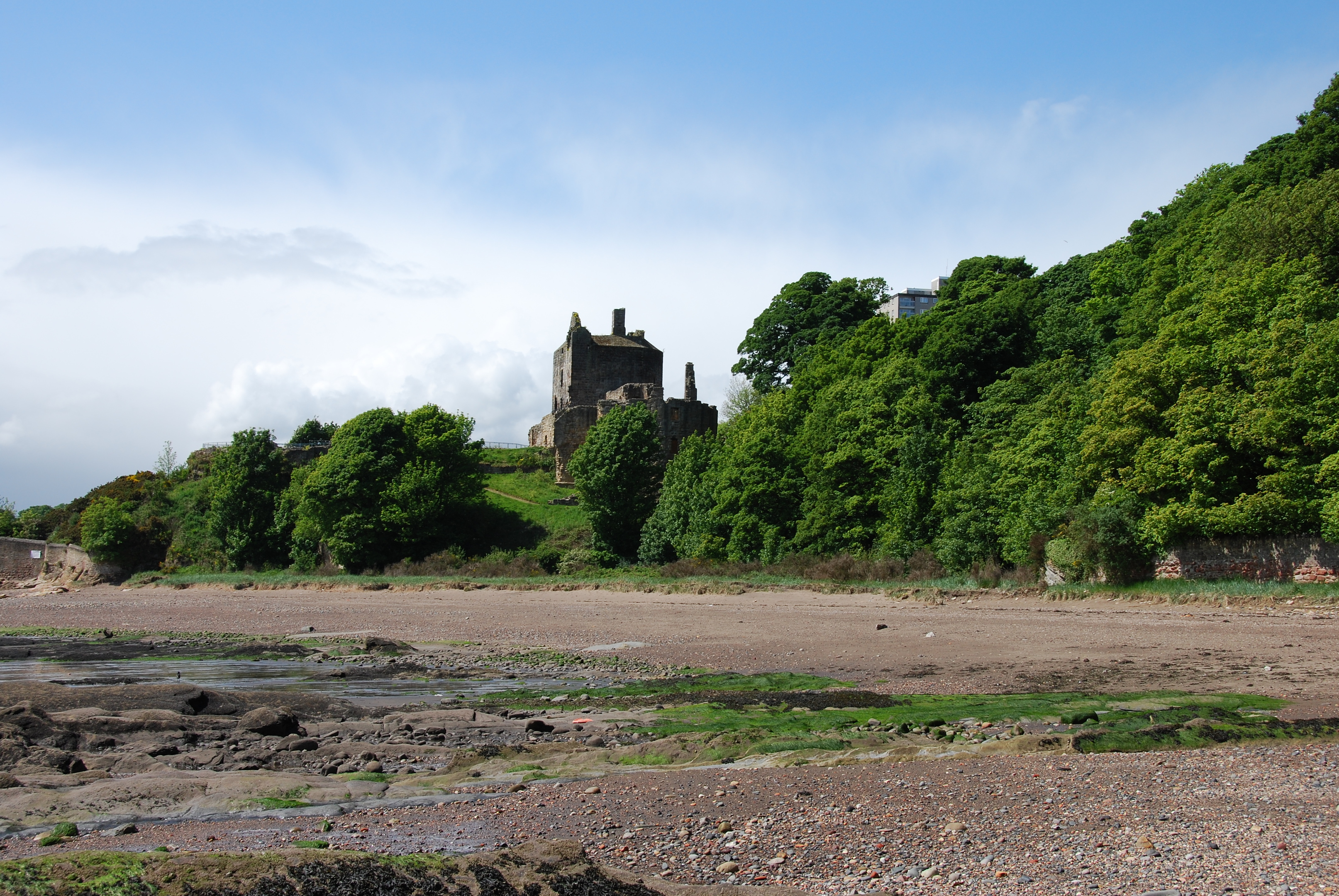Barely a day goes by without another depressing survey about happiness. It’s a grim business, and purports to show that Xton is happier than Yville, either because the residents insist it is or because it just has more shops and a chippie.
That said, it was nice to see the happiest region in Scotland being Fife, instead of one of those chippy islands, where everyone is a press officer for the place and self-criticism is unheard of.
On a rare sunny day, I had a happy walk from Kirkcaldy’s Ravenscraig Park to Dysart last weekend, and felt that it was perfect, with the sea on one side and trees on the other.
Disturbingly, Dundee came last in the happiness stakes, despite having several shops and a chippy. Dundee has been looking up in recent years, but I suppose it helps to have a good job, money and sunshine when it comes to happiness. Just like in Fife.
That same survey, the Bank of Scotland’s Happiness Index (gadzooks, a bank and happiness in the same title!) found women were happier than men and that old people were happier than younger. Moral: we must all aspire to become old ladies.
Another survey found people were happier in the past than today. I don’t mean in their own past, viewed through rose-tinted spectacles, when Sir Harold Macmillan was on the throne and Sir Anthony Eden’s moustache was the height of entertainment.
No, I mean academics have found that people were happier in the 1770s. I could be wrong about this, but aren’t most of these citizens dead by now? Turns out the Warwick University researchers studied books from the time to get an idea of prevalent attitudes.
I’m not entirely clear why people were happier in the 1770s, other than that they drank gin for breakfast and didn’t have Twitter accounts. The same academics also found that folk were happier in the supposedly grey Fifties than the psychedelic Sixties.
I can see that. I love the Sixties, but it was undoubtedly the start of a lot of moaning that has risen exponentially every decade since. Your lot was pretty much your lot in the Fifties. In the Sixties, few folk were happy with their lot. That’s the decade in which I grew up, and it would be fair to say that I have been miserable since childhood’s end.
Perhaps the cure would be moving to Denmark, which again this year came out happiest place in the world. I have friends there and I like colourful buildings. On the miserable side, it doesn’t have any hills and there are a lot of bicyclists. I was interested to learn though that, even in Copenhagen, they don’t have to lock up their bikes.
It’s even more odd that, in all northern European countries, everyone looks grim-faced. Immigrants frequently comment on this. Well-travelled friends tell me that African countries were the happiest they’d ever visited. I can’t help thinking that has something to do with sunshine.
Then again, Denmark doesn’t get much more sunshine than Dundee. Perhaps it’s because they get home from work at a decent time in the afternoon and have loads of holidays. Clearly, happiness is a complicated business. On the whole, I’m happy to give it a miss.










